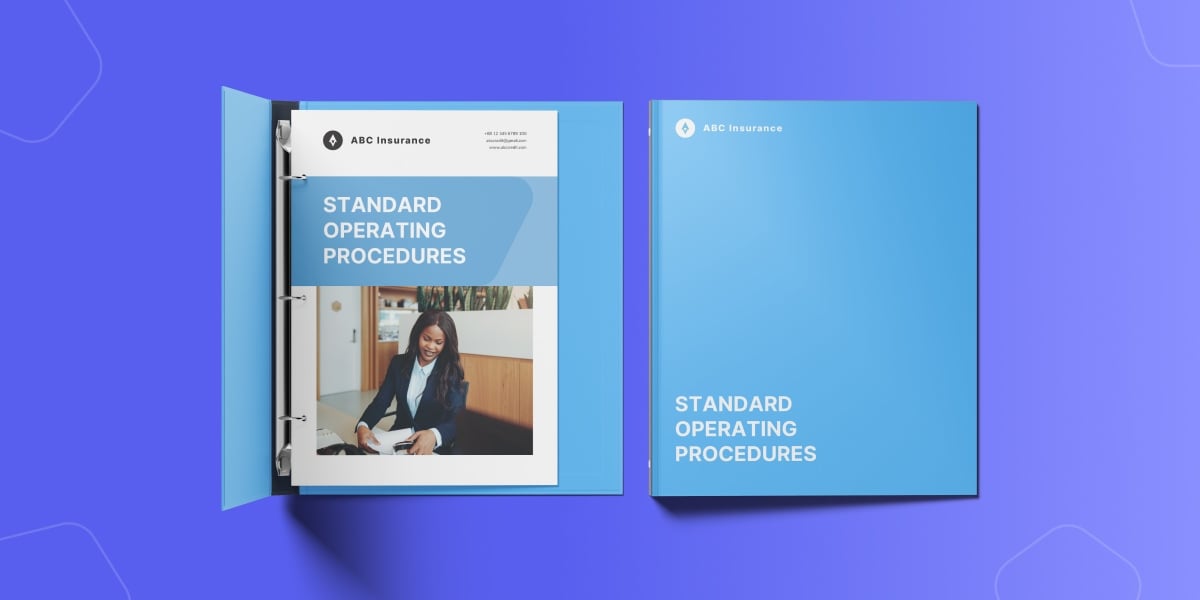How Consistency Helps Improve the Credit Union Member Experience
Does your credit union provide consistent service to your members? Do your members receive the same answers no matter which branch or employee they talk to?
If your answer is no, don’t worry, you aren’t alone. When it comes to member experience, many credit unions struggle with providing a consistent experience for their members.
Having a consistent member experience is essential for obtaining and retaining members at your credit union. So, how do you do that?
With ScreenSteps — a Knowledge Ops Solution — we help credit unions improve their knowledge transfer strategy so that they can provide consistent service.
In this article, you’ll figure out where your credit union is falling short in providing consistent service. Then you’ll learn tactics for how you can increase consistency throughout your credit union to improve the member experience.
Why your credit union is providing inconsistent service (5 deterrents)

It’s not that you want to provide an inconsistent member experience. There are many factors in the way of providing consistent service.
Ultimately, inconsistency in your member experience comes down to a poor knowledge transfer strategy.
Let’s get into the details. Here are five deterrents that could be keeping your credit union from providing a consistent member experience.
1. Documentation is unreliable
One major reason for inconsistency in credit unions happens because there is information overload.
Most credit unions have 500+ standard operating procedures (SOPs). That’s a lot of information for a single employee to learn. It is especially difficult for an MSR to remember this information under pressure, like when they are standing in front of a member.
However, the volume of information isn’t as much of a problem if the procedures are documented and centralized in a single source of truth.
Unfortunately, many credit unions fall into one of these categories:
- No documentation: Employees rely on memorization or supervisor support for answers.
- Documentation is scattered: Guides are printed, saved to individual desktops, stored in emails or chat messages, etc.
- Employees don’t use existing SOPs: Guides are outdated, ad hoc, or difficult to find, so employees don’t use them.
- Individuals create their own guides: If the first three are true, then employees take it upon themselves to document guides they can use. This leads to every employee having their own approach to handling tasks (aka inconsistency for the members).
2. There is no centralized hub for knowledge
Even if you create guides for all of your credit union’s SOPs, those guides won’t be useful unless employees know where to find them when they need them.
Employees need a centralized hub for all your company knowledge where they can store and access all your company resources. This is your credit union’s single source of truth. It holds every answer your employees would possibly need to know and instructions on what to do.
If they can trust the SOPs are accurate and up to date, they will be more likely to use them. Consequently, you will have a more consistent member experience.
3. Branches have their own way of handling things

One major problem credit unions face is that each branch operates according to how each branch manager operates. There is no standardized way to perform a task across the credit union branches.
Because there is no single source of truth or the resources are unreliable, the branch manager holds all the expert knowledge in their head. They train their branch employees how to handle things their way.
What ends up happening is members are confused and frustrated when they go from branch to branch. Your employees hear things like, “The Elm Street branch said I could do it this way.”
Another result is that one branch tends to outperform another branch because its procedures are more efficient. If you just sourced that information and centralized your knowledge, you could have a more consistent and efficient service across your credit union branches.
4. Self-service portals are incomplete
One major push for credit unions is to provide more digital options for their members. Most likely, you already use some different digital tactics to support your members, such as:
- AI
- FAQ pages
- ITMs (Interactive Teller Machines)
With a push for more self-service options, it is difficult to keep up with the mass of resources you need to create for the members.
The result? Ultimately, people get escalated to member services. This leads to frustrated members and the risk of receiving inconsistent service from the points mentioned above.
5. Your onboarding program is ineffective (or nonexistent)
Another practice that leads to inconsistent member service is a lack of an ineffective onboarding program (or you don’t have a training program at all).
Maybe you rely on new hires shadowing tenured employees to learn. Maybe you use the “sink or swim” method where you throw employees into the work with a supporting tenured employee. Or maybe you use some form of classroom training.
Whatever method you use, it doesn’t prepare your employees to become independent, confident, and competent employees. It can take 12-18 months before an employee can truly work on their own without supervisor support. And that’s if the employee lasts that long.
Without the proper training, employees have to learn to make their own way to survive. And that means falling into the deterrents mentioned above.
2 key approaches to improve consistency in your credit union member experience
How do you create more consistent member service across your branches and employees?
The key to improving consistency in your credit union is learning to manage and transfer your knowledge more efficiently. That boils down to making changes to two knowledge transfer approaches.
1. Create a single source of truth
 Your credit union needs a centralized hub for all of its knowledge. This is a place where your members know they can find the guidance they need to handle any situation.
Your credit union needs a centralized hub for all of its knowledge. This is a place where your members know they can find the guidance they need to handle any situation.
The documentation in your single source of truth will be reliable, up-to-date SOPs that employees will trust.
Even AI needs a single source of truth if it is going to provide members with the right information.
What should you use for your single source of truth? Ideally, you would use a knowledge base or a Knowledge Ops Platform. These apps are focused on knowledge management. Other less effective knowledge management tools include corporate wikis or intranets.
A knowledge base and Knowledge Ops Platform provide a quick way to document your procedures. Those digital guides are easy for employees to access while they are in their workflow.
Also, knowledge base software companies typically provide both internal and external options. Your internal knowledge base can support your employees while your external knowledge base can serve as a more robust help desk for your members.
2. Develop a systematic employee training program
 A more prepared team means a more consistent member experience. Develop a complete employee training program.
A more prepared team means a more consistent member experience. Develop a complete employee training program.
It can be challenging to find time to develop a training program if you don’t have a designated trainer — but taking the time to create a better onboarding experience will pay dividends when it comes to employee performance down the road.
A good training program involves a lot of hands-on experience.
Don’t know where to get started?
We developed the Find & Follow Framework to help companies develop a training strategy. Credit unions that have followed this method onboard employees in 30 days or less and can cross-train in hours.
Download our free new hire training playbook for a play-by-play on how the Find & Follow Framework works. You can also take our free 30-minute Find & Follow: The Basics course to see if that approach is the right one for your credit union.
Benefits of consistency
What would happen if you increased consistency across branches and employees?
There are many benefits to providing a more consistent member experience in your credit union. Some of these benefits include:
- Members trust your credit union more
- It’s easier to acquire new members
- It’s easier to retain members
- You improve your NPS scores
- Members are more likely to recommend your services to friends and family
Create a more consistent member experience at your credit union
At the end of the day, consistent member service is a way to set your credit union apart from your competitors.
ScreenSteps can help you create a consistent member experience using the Find & Follow Framework and our Knowledge Ops Platform. The combination of the framework and technology makes it fast and easy to provide your employees and your members with the right answers every time.
Want to see how ScreenSteps can help you improve your member experience?
Click here to see how the ScreenSteps Knowledge Ops Solution could help your credit union improve consistency in your operations. You can also watch the pre-recorded demo videos here to see how the ScreenSteps Knowledge Ops Platform in action.




